Rubislaw Quarry was offered to potential buyers – said to include city chiefs and rival flat developers – before it hit the market.
The Aberdeen landmark, famed for supplying the granite for buildings across the north-east and beyond, went up for sale at the beginning of September.
But this came after previous attempts to offload it hit a brick wall.
Construction boss Hugh Black, who bought the site with former oil consultant Sandy Whyte in 2010, told us it was time for someone with “more time and energy” to take it on.
It is being advertised as a “one-of-a-kind opportunity” to snap up a unique piece of history – with great potential.
Sales agents, however, declined to name a figure.
And when pressed, Mr Black said the quarry is “too valuable” to put a fixed price tag on.
Although he insists it is “open for all offers”, The Press and Journal understands the sum recently put to interested parties is £150,000.
This is said to be more than double the amount Mr Black and his business partner paid to get their hands on the hidden gem 13 years ago.
However, the sales brochure does not mention the raft of strict rules limiting future development there…
We take a deeper dive into the unusual sale – including:
- Why current owners decided to part with Rubislaw Quarry after 13 years
- Who are some of the potential buyers
- The legal restrictions in place that could hinder development
- And what exactly you can do with the quarry – should you go for it
Is Rubislaw Quarry a money pit?
Mr Black and his business partner purchased Rubislaw Quarry in 2010, with ambitions to turn it into an attractive tourist destination.
At the time, the landmark was put on the market for offers over £30,000.
And we understand the pair parted with £60,000 on their new crown jewel.
In the years after, Mr Black had a go at several projects to utilise it and make that investment worthwhile – including trying to erect a granite heritage centre there.
The £6 million scheme, however, fell through in 2018 after the powerful lands tribunal refused his plea to lift the strict rules preventing him from developing the site.
But more on that later.
In 2020, the quarry opened to the public for the first time in 50 years as a watersport venue, offering canoe and paddleboarding sessions.
But that was also short-lived, with Mr Black admitting that it proved to be too much of a “financial risk” to carry on with it – even though the programme was “successful”.
‘It’s like selling a house – time to move on’
After trying to make it work for more than a decade, Mr Black has now decided to let go of the seven-acre black hole for good.
And while the quarry went on the market in September, we understand some parties were approached with an offer as early as July.
One of the potential buyers was Canadian developer Carttera – who Mr Black spent years quarreling with over the firm’s plans to build luxury flats along the edge of the quarry.
His and other objectors’ campaign against it was, however, quashed by the council and the proposal was given the go-ahead.
City chiefs are also believed to have been given the opportunity to add the quarry to their list of assets.
When questioned about the offer, the local authority refused to comment on the “commercially sensitive” matter.
But Carttera considered purchasing the quarry a “liability” as bosses turned it down.
Still, Mr Black remains positive “someone will buy it” and likened his decision to put it on the market to selling a house.
“We’ve already put in 13 years of effort and it’s been very positive,” Mr Black said.
“We’ve managed to raise the profile of the quarry and there is certainly potential to do things there – but our time is up.
“We are selling the quarry so it’s up to the new owners to decide how much time and effort they are going to invest, and what they want to do with it.”
What would you like to see at Rubislaw Quarry? Let us know in our comments section below
So what can you do with the quarry?
There is little that can be done with Europe’s largest man-made hole.
Like most properties of such value, Rubislaw Quarry comes with a specified deed of conditions – or in other words, a list of can do’s and can’t do’s for whoever owns it.
This is exactly the predicament Mr Black found himself in when it came to bringing his plans for a granite museum to life.
In order to put the structure in place, around 120ft of water would have to be drained from the beauty spot.
Additional alterations to the tree-lined area surrounding the water-filled expanse were also required, as the museum would need walkways, a viewing platform, a staircase and parking spaces.
And none of this is allowed under the current prohibition clauses in the document.
The exact wording of the terms is: “The central quarry proprietors shall not develop or seek to develop any part of the central quarry subjects.
“And in order to preserve the amenity of the quarry, subjects generally shall not permit or allow any other occupation or use of the central quarry subjects for any purpose other than as a designated quarry site, green belt or amenity ground in its existing and/or natural condition.”
Or said in plain English, the quarry must remain as it is and nothing can be upgraded or built there – unless you convince the lands tribunal to tweak the contract.
That is an option – and it is possible.
But as it stands now – little can be done on site due to the strict legal limitations.
Why would you buy Rubislaw Quarry?
Mr Black said Rubislaw Quarry is an unmissable opportunity for new owners to “contribute to Aberdeen’s future”.
And he insists “there are many things” that could be done with it to further promote the granite industry’s long-standing history, while benefiting Aberdonians.
How exactly the lucky owner would like to proceed with it, is totally up to them.
Mr Black said: “We spent a number of very happy and successful years over there but someone else maybe has more time and energy than I have at the moment.
“It’s a very valuable asset to the city, and someone will be interested in buying it.
“We’d be more than happy if they had a similar vision to ours to take forward but we can’t dictate that.”
Read more:
- What the Granite Heritage Centre would have looked like if the project had come to fruition
- How objectors were ready to take their fight to court in effort to halt the controversial plans for 245 flats on the edge of Rubislaw Quarry
- Photographic memories of the iconic Aberdeen landmark
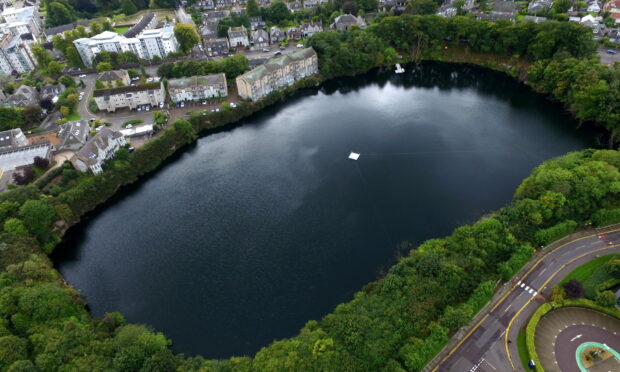

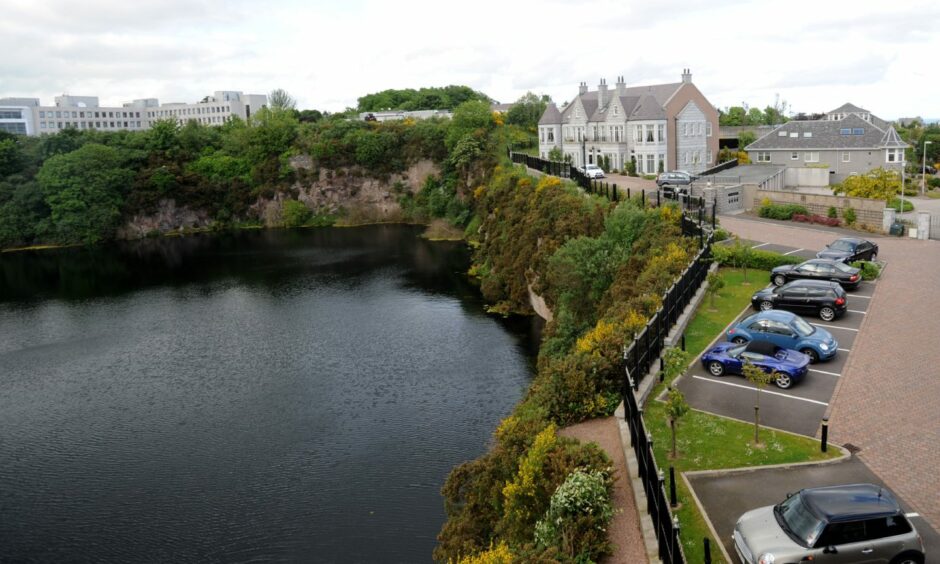



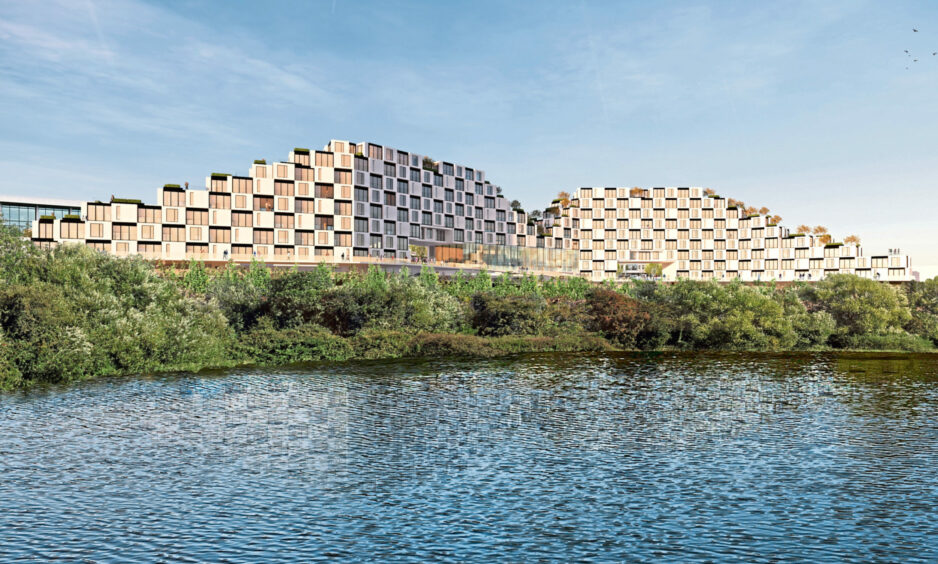
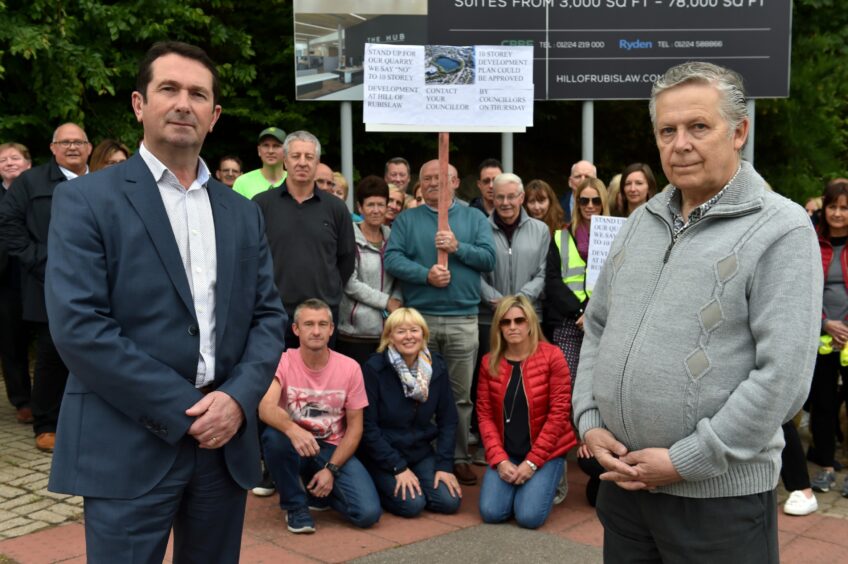
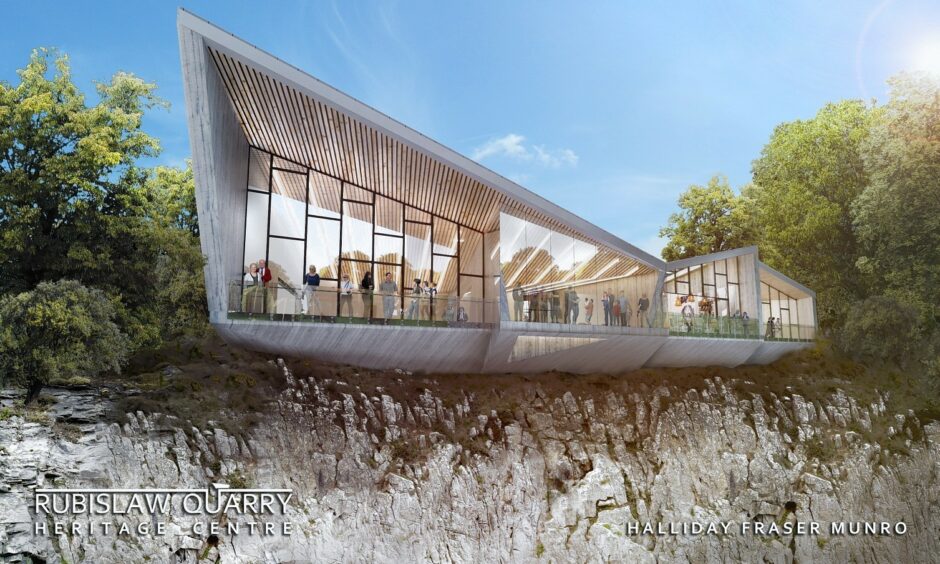
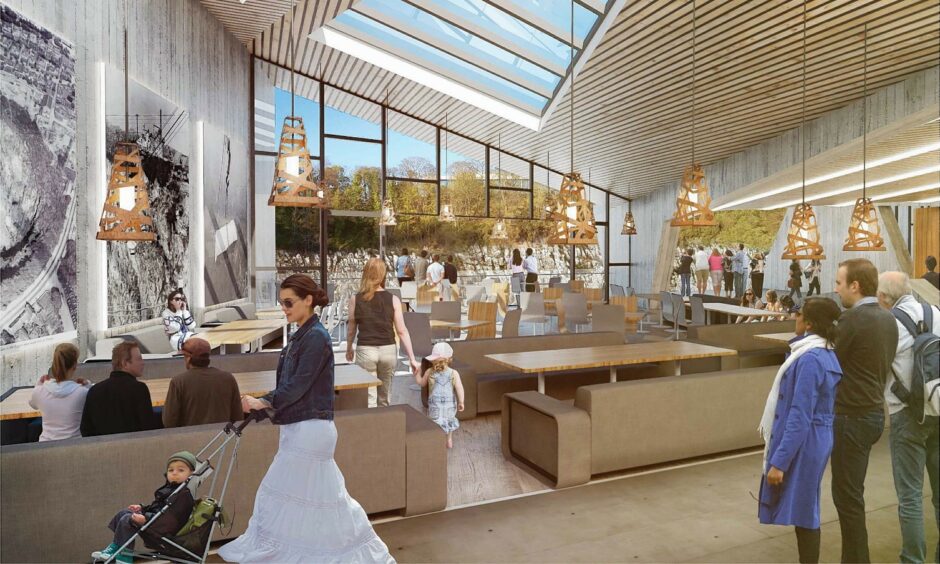



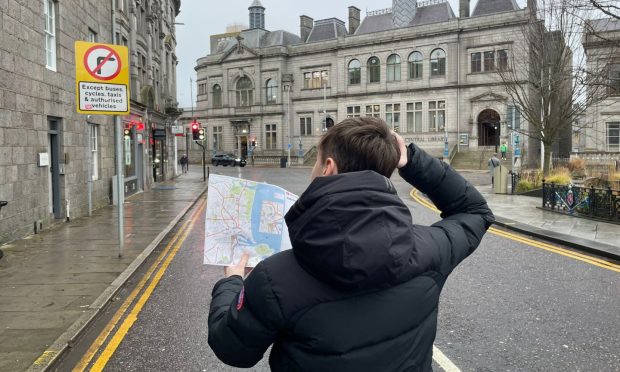
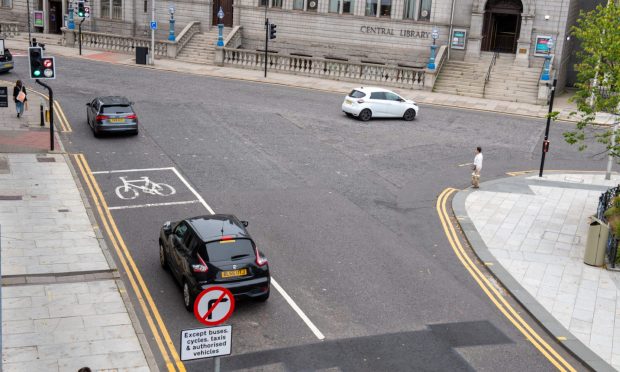
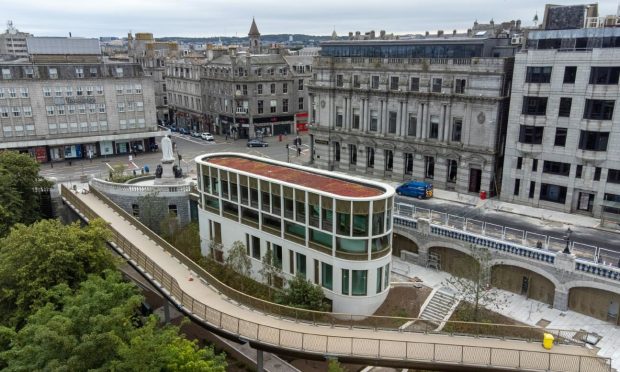
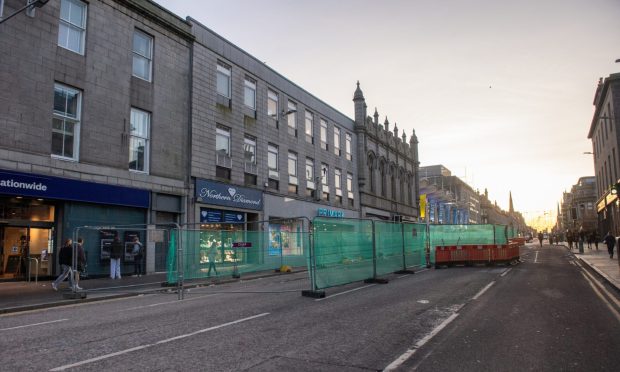
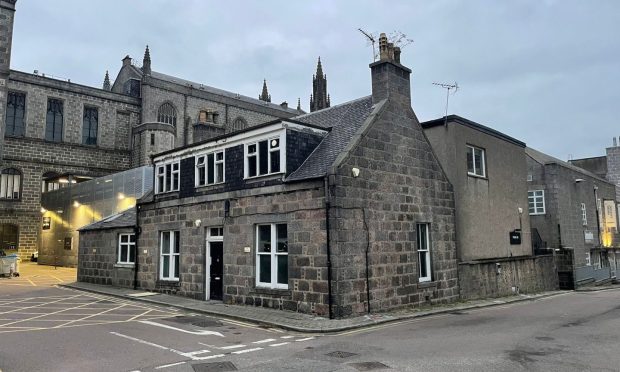



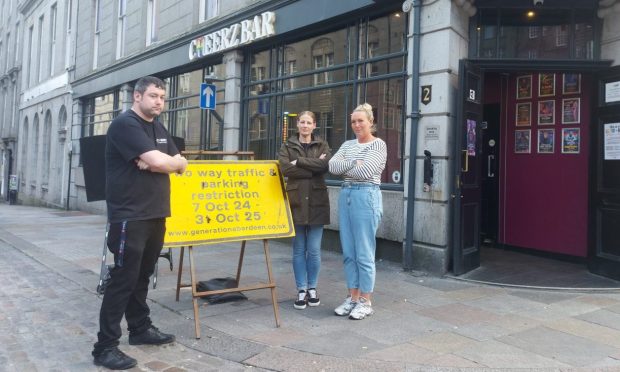

Conversation